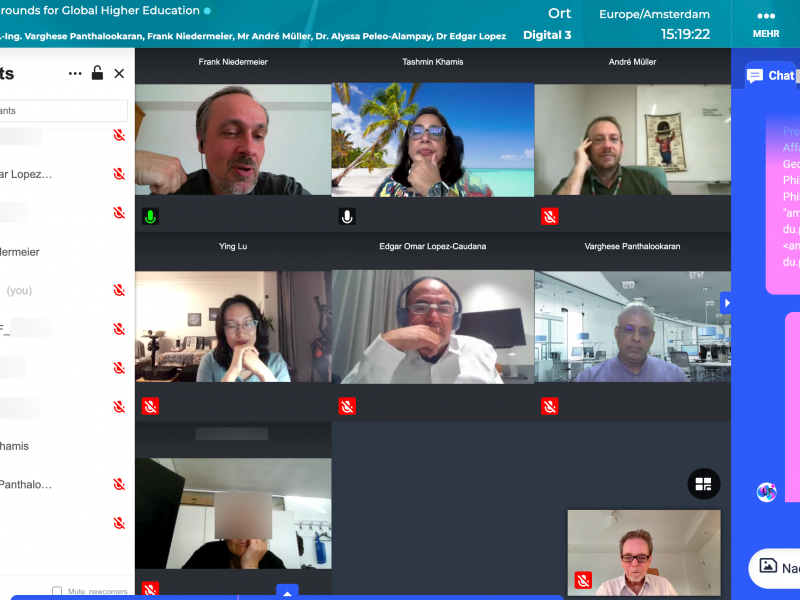A comment on: Macgilchrist, Allert, Cerratto Pargman & Jarke (2023). Designing Postdigital Futures: Which Designs? Whose Futures? ((Macgilchrist, Felicitas; Allert, Heidrun; Cerratto Pargman, Teresa & Jarke, Juliane Designing Postdigital Futures: Which Designs? Whose Futures? Postdigit Sci Educ (2023). https://doi.org/10.1007/s42438-022-00389-y))
In the context of a discussion about alternative, post-digital narratives for the development of digital educational technologies, I was drawn to the paper “Designing Postdigital Futures” by a fellow researcher. In my opinion, it addresses important issues and conceptual approaches that are relevant to the ongoing discourse on the design of educational technologies. Consequently, I have taken the liberty of providing a detailed commentary on it. Now that my remarks have been sitting in my “to-be-completed” folder for a few weeks, I would like to share my thoughts on the text.
First and foremost, the paper inspired me in many ways, but it also left me somewhat perplexed at certain points. Given the stated goals, I see gaps and avenues for further investigation. The paper, self-described as a “commentary,” sharply criticizes the supposedly dominant “engineering logic” in educational technology. This criticism seems somewhat one-sided, and it remains unclear who or what exactly is being criticized. Are EdTech companies, funding programs, design-based research approaches, or design thinking methodologies being targeted?
We explore alternative approaches to design that avoid the engineering logic predominant in education today.
Macgilchrist et al., 2023, S. 2
But design-oriented approaches, especially those focused on creating, are generally understood to be open and reflexive methods? I agree that discussions in educational discourses should delve deeper into the definitions and aspects of power, knowledge and justice. However, these crucial issues seem to be unnecessarily condensed into the problem of design. It is certainly valid to give more consideration to alternative approaches such as “respectful design” and “transformative justice” that emphasize empowerment and humanity. Nevertheless, the question of how humane, transformative aspects of education can unfold is as old as reflections on education itself and remains relevant in all educational contexts. However, the paper does not address this aspect.
Engineering approaches have made inroads into educational research and practice.
Macgilchrist et al., 2023, S. 2
The text adopts a critical tone towards technical elites and advocates of solutionist attitudes, but refrains from explicitly naming positions or actors. As a result, the implicit power of design to generate solutions remains vague. How is an alternative design supposed to prevail against whom? If dominant design principles are a significant part of the problem, why should design be the solution?
Overall, the text lacks clearer statements about who exactly is being criticized for what actions, how the various forms and levels of “design” and “engineering logics” relate to each other, and why an alternative design approach should solve a problem that originated
in the development of design itself.
You can find my detailed commentary as a PDF document here.



